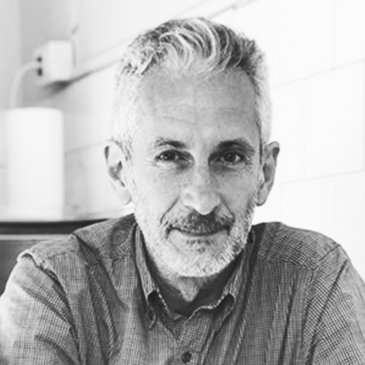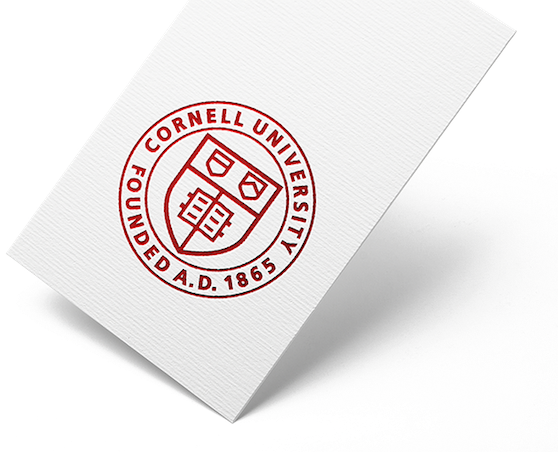Barry Perlus is an artist and educator who employs photography and digital imaging in his artistic practice. His work embodies a keen interest in observation and interpretation, using elements of scale, perspective, light, color, and abstraction to create new interpretations.
In recent projects, Perlus has been using panoramic imaging techniques as a departure from conventional pictorial space. With this approach, he developed a multimedia website about the large-scale astronomical observatories built in India by Jai Singh in the early 18th century. His long-standing interest in science has been an influence on other projects, including a current exploration of deep forest spaces at night.
Perlus received his M.F.A. in photography from Ohio University in 1984 and B.A. Undergraduate Scholar from Case Western Reserve University in 1972.






